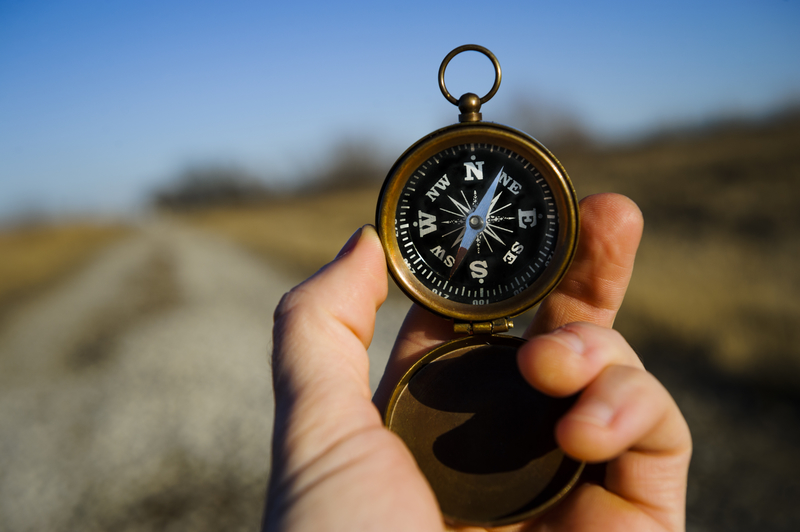The outdoors can become dizzying since it starts to look the same after awhile, especially when we're tired. A GPS can certainly point you in the right direction, but it can be unreliable when you're in such a remote place like the woods. Learn how to make your hike or camping trip safer by preparing for life without a GPS:
Purpose
During my travels, I’ve encountered quite a few nature photographers who got lost because they were trying to find a spot for the perfect shot. You should avoid trying to reach unmarked spots if you don’t have a few years of hiking experience behind you. Your main purpose should be to travel from point A to B and avoid hazardous area while doing a few planned stops.
Planning and preparation, the keys to success
As a few examples of things to consider:
- Do you need to carry water or is there a potable water source you can easily access?
- Did you plan for or identified possible sources of shelter?
- Do you have any means to defend yourself against dangerous animals?
- Can you rely on your ability to procure wood and start a fire for various survival purposes?
A map
There is no need of electronic assistance as long as you know how to precisely read a map. Even more, the map is lightweight.
To figure out the landscape you should make sure to read the legend. Once you understand the symbols, you should have no problem figuring out what to expect and how it will impact your traveling speed and time.
The terrain
Read about what others have to say about your trail if you want to decrease the likelihood of problems.
Traveling alongside river beds is a quick way to reach your destination, but in certain terrains it could slow you more than you can afford. The time of the year also plays an important role and many hikers have gone off-trail through the vegetation. The following examples should come in handy when planning your next trip:
- Research the terrain type and consider how sunny or shaded the trail may be. The sun may not become a problem in the forest, but in a deserted area, you will quickly get dehydrated.
- Determine if your fitness level and hiking experience are suited for a particular hike. Check the number of miles in length of your trail and how high the elevation will get when hiking.
- Think about the wildlife you will likely encounter along your trail and the time of the year.
- Check if the trail you chose is an “in and out” trail or one that is looped.
Before you head out on your own, get instruction and advice from the local park rangers or orienteering club.
The compass you should use
I suggest keeping your compass and the map on you at all times so if you get separated from your bag, you can still have a chance of finding your way.
Managing time
You should be able to reach your destination before it gets dark. You should make the most of daylight and you should know when you need to speed up or slow down based on the terrain you are traversing. Navigating through the wilderness at night is a completely different game.
To keep it simple, if you read your map and you are halfway there, but it took you 2-3 hours longer than planned, it’s time to speed up.
The wilderness EDC
The items you keep on you should be the minimum to assure your survival in case you get separated from your gear. Having a good knife, a fire starter, a water filter and your mobile phone should be the minimum. Even a space blanket could be compacted and placed inside your pocket. For example, wearing a whistle around your neck is a smart idea to signal for help.
I suggest researching about multi-purpose items and making the best of them. To give you a quick example, my knife has a whistle and fire starter incorporated into sheath.
Do you have any other advice for navigating without a GPS? Let us know in the comments below!
Article Source: Prepper's Will
